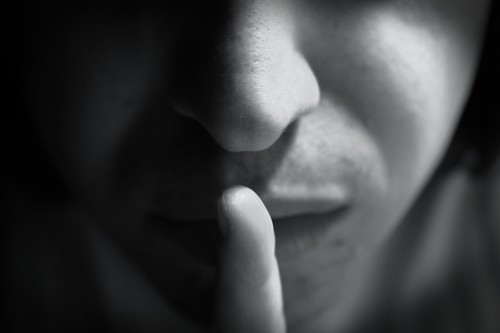We hear it over and over again--show don't tell. Don't tell us your character is angry, show it through their words, their visceral reactions, their body language. Easy peasy, right? Um, yeah.
What this ends up looking like for me is a lot of eyebrows in my first draft--they raise, waggle, arch, knit, furrow, and on and on. I'm also a fan of crossing arms, shoving hands in pockets, throats clearing, swallowing hard, cheeks reddening, and narrowing/widening/rolling eyes. And don't even get me started on smiling and laughing.
I know I need to change it up, and I try to do the showing more with dialogue and such, but many times you need to use expression and visceral stuff. This has become a major focus for me because I write romance and attraction is such a whole body/mind experience. And I don't want to resort to using the cliches--knees weakening, desire racing through veins, etc.
So what I've started to do is as I read other's work, I keep a notebook nearby to jot down those reactions that don't automatically come to my head--bobbing Adam's apples, pupils dilating, whatever. This has been very helpful.
BUT THEN, I went on the RWA site to start downloading my worksheets for the National Conference and found THIS. Author Marilyn Kelly is offering an 11 Senses workshop at the conference, and although I know most of you won't be attending, the worksheets alone are gold, GOLD, people. (UPDATE: 8/2013 - These worksheets are no longer available. The only place I could find a version is here.)
There are exhaustive lists of words and synonyms that relate to all of the (eleven) senses, but most helpful to me is the list of body language cues for each of the big emotions. I'm talking like thirty different ways to show anger or sadness or confusion, etc.. It's fabulous. And free.
And as additional resource, Angela over at The Bookshelf Muse does something similar doing thesaurus-style posts for emotions, settings, colors, etc. All the former posts she's done on each emotion are listed in her sidebar on the site for easy reference. Make sure and check her out as well because she's having a terrific contest right now offering critique-related prizes. (UPDATE 8/2013: Angela has compiled all the information from her site into a book, you get The Emotion Thesaurus: A Writer's Guide to Character Expression
in paperback or ebook.)
Alright, so am I the only one who gets stuck using the same body language cues over and over? What emotions or what type of scenes do you find the most difficult to convey? What are some of the ones that keep popping up in your manuscript?


